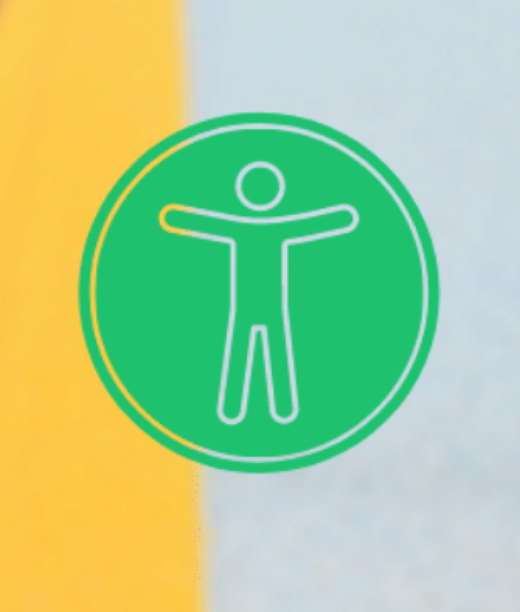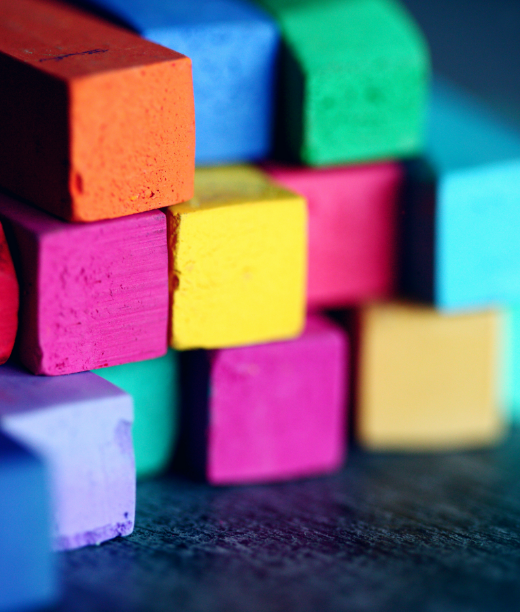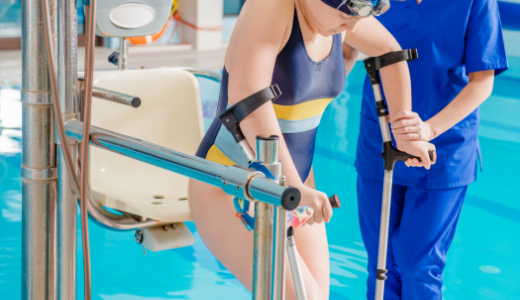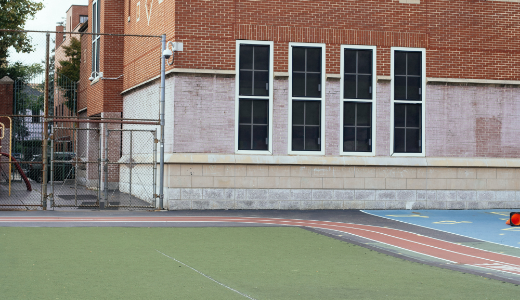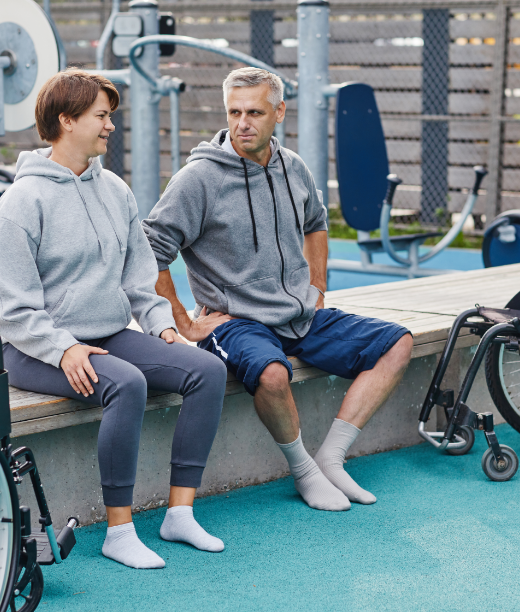The Inclusion Spectrum, planning sport activities for everyone
When trying to make our sport activities more inclusive often the focus is placed on fitting people with different needs and abilities into regular or standard activities.
In this post you will learn:
- what the inclusion spectrum is
- how to adapt the inclusion spectrum to your sport
- how to identify a range of activity choices
At the end of the post I also provide a worksheet you can download and use to identify the range of activity choices you currently offer and what choices you could be offering.
Modifying or adapting sport activities to meet the needs, skills and abilities of participants can be a simple way for programs to be more inclusive. You can learn about some of the ways this can be done here. However, it is often assumed that the best or only way to create opportunities to participate is to change the regular or standard sport activities — you know, the ones we always deliver. This means that other options that might get people involved are often overlooked. It is important to understand that inclusion encompasses many different options in a range of settings. It is not always about including a person in standard sport settings without any modifications and it’s also not just about making a few changes to standard activities either (although this is clearly a great place to start).
So how do we go about creating more options for participation and go beyond what we always do? Well, we can start by viewing inclusion in sport activities in terms of a spectrum. The inclusion spectrum is about considering the range of options available and adapting these to suit the needs, goals and capabilities of participants. Each element of the spectrum should be considered equally as important as the next. Ideally there would be activities on offer for a range of people to choose from across all elements.
Before we look at some examples here’s some background to this concept: Back in 1996 the first version of the Inclusion Spectrum was conceived by Ken Black. Ken’s original Inclusion Spectrum takes an activity-centred approach to inclusion of people of all abilities in physical activity. In other words, it is about considering the different ways sport can be presented. In this way, the Inclusion Spectrum offers methods that help sports practitioners strike a balance between the activities offered and the individual needs and wants of participants. The model was later redeveloped by Ken Black and Pam Stevenson into a more practical tool for application by sport practitioners. This model has been used extensively in the UK and around the world since it was conceived. It has also been adapted.
Most notably, a version of the Inclusion Spectrum was devised by the Australian Sports Commission (ASC). It takes the same activity-centred approach but offers an additional dimension by identifying non-playing roles as options for participation. A point to note is that typically the inclusion spectrum has been applied to address the inclusion of people with disability in sport and physical activity — certainly this is the case for the ASC version — however, the principles can be equally applied to any individual or group who may have specific needs to consider and cater for. So when considering how you might apply the Inclusion Spectrum think about it in terms of broad inclusion of everyone.
Let’s look at the two models.
The Original Inclusion Spectrum
Open Activity
A simple activity based on what the entire group can do with little or no modifications.
Modified Activity
Everyone does the same activity with modifications to challenge and support all abilities.
Parallel Activity
Participants are grouped according to ability—each do the same activity but at appropriate levels.
Separate Activity
An individual or group does a purposefully planned different activity.
Disability Sport Activity
Activities for all participants based on aspects of disability sport can be included in all approaches—reverse integration. An example might include participants with and without impairment playing wheelchair basketball.
To see this in a sport specific context check out these resources:
An alternative Inclusion Spectrum

No Modifications
The sport or physical activity remains unchanged from the normal version for all participants.
Minor Modifications
Small changes are made to the normal sport or physical activity so that everyone can participate.
Major Modifications
Significant changes are made the sport or physical activity so that everyone can participate.
Primarily for people with disability
A sport or physical activity designed with the specific needs of people with disability but which allows participation of people without disability.
Only for people with disability
A sport or physical activity delivered exclusively for people with disability such as in competition.
Non Playing Roles
People with disability can be officials, coaches, club presidents, volunteers and spectators. This is about all the other ways to get involved in sport and physical activity.
The ASC and Play by the Rules have some further resources that you may find useful.
A sport specific adaptation
Swimming Australia adapted the Inclusion Spectrum model to suit the swimming context. They called it the Aquatic Activity Spectrum and again it adopts the same basic principles of the original Inclusion Spectrum but provides a sport-specific filter for a more effective application in the swimming and aquatic activity environment.
Alternate
Participants work on specific skills or activities leading to more successful inclusion in the whole group. In some cases, to achieve successful inclusion, participants need to practice separately first. This should not be most of the time and the focus is on transitioning into the main group activity.
Parallel
This is where more than one version of the same activity is delivered. Typically, participants are grouped by ability. Each group participates in the same activity but at a level appropriate to the group.
Modified
Everyone participates in the same activity however adaptations are made to either challenge and/or support individual participants according to their ability or needs.
Open
All participants can get involved in open activity. Typically, activity is less structured with limited or no modifications and has a focus on play. Participants can find a level of participation that suits them.
Non-swimmer roles
Not everyone may want to get wet. There are many other opportunities to participate. Consider options like volunteering, administration, teaching, coaching, or other non-swimming roles.
You can access the swimming resources here.
Next steps
So, there you have it. Inclusion in sport is about creating a range of options. By applying the Inclusion Spectrum in conjunction with methods for adapting and modifying activities you can find more ways for more people to get involved. Now take the following steps to put this into action.
- Download the Inclusion Spectrum Worksheet below.
- Make a record of the activity choices you offer across the inclusion spectrum.
- Take action by promoting the choices you already offer AND implement the new choices you can offer across other areas of the inclusion spectrum.
- Share what you do! In the comments below post the range of activity choices you already offer and the new activity choices you have identified, share a link to more info if you can.
In case you missed them
Check out our latest blog posts

Connecting individuals to physical activity in the NDIS (Free Course)
Learn about the many options, benefits and impacts of physical activity and how you can help individuals with disability get involved so that they can participate in the community, build their capacity and reach their goals.

Including Students with Disability in School Sport (Free Course)
Learn about the many options, benefits and impacts of physical activity and how you can help students with disability get involved in sport and physical activity.
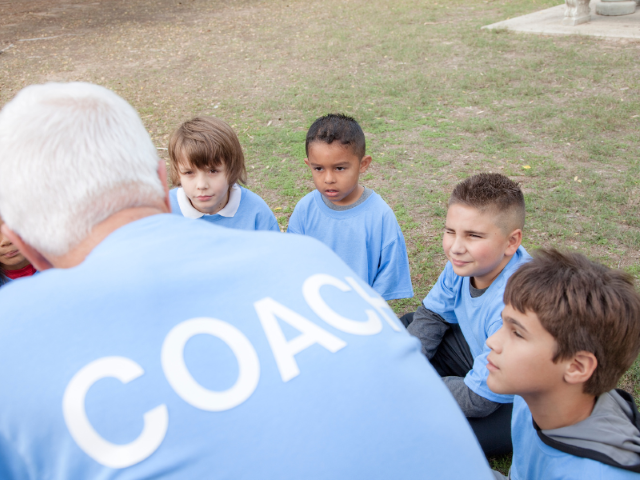
Disability Inclusion for Coaches (Free Course)
This course is designed to give you the basic skills and knowledge to be a more inclusive coach of people with disability in sport and active recreation programs and activities.

